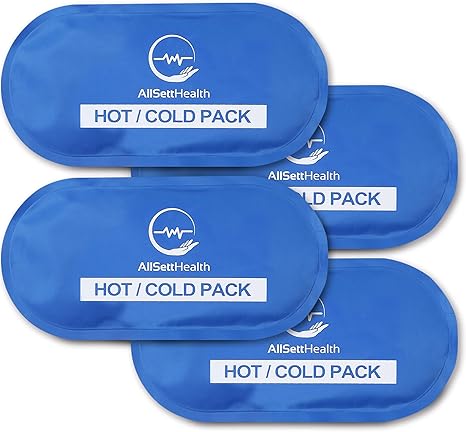Ice can help with inflammation
If your dog has had surgery or suffered from physical trauma, the injured area will be inflamed due to increased blood flow. The inflammation causes redness and swelling.
Swelling can be painful for your dog and can lead to delayed wound healing and restricted motion. Cold temperatures (ice) make the blood vessels constrict, which limits the blood flow to the specific area and decreases the swelling.
When ice is combined with compression, it can significantly decrease swelling. Cold temperatures also numb the area where you apply it, so your dog will feel less pain.
When should you ice?
Icing is usually recommended during the acute inflammatory phase of healing, typically the first 3 days post-surgery or trauma. However, icing can be used for longer periods of time if swelling and pain persist.
When your dog gets home from surgery, your veterinarian will likely recommend applying an ice pack (follow the directions below) to the incision and surrounding area every 4-6 hours for 15-20 minutes. You will want to do this for the first 3 days or until the swelling has gone down.
Icing may also be helpful for chronic injuries, such as arthritis. Apply ice to arthritic joints for for 15-20 minutes following exercise (especially higher-impact) to decrease pain.
How to make an ice pack:
You can use commercial ice packs or you can make your own ice pack at home.
The recipe below is low-cost and easy to make.
- Mix 2 parts water to 1 part isopropyl (rubbing) alcohol in a reusable plastic bag and freeze.
- Small or large bags can be used, depending on the size of the treatment area.
- This makes a slushy-like consistency that conforms easily to any body part.
How to apply an ice pack:
Place a clean towel or pillow case over the area to be iced. Then place the slushy ice pack on top of the towel. To hold it in place and apply gentle compression, wrap the ice pack on the leg using an ace bandage (not too tight!) or a dry towel can be placed over the ice pack.
IMPORTANT:
- The ice pack should NEVER be applied directly to an animal’s skin.
- Do not leave your animal unattended while being iced.
- Do not leave the ice pack in place for longer than 20 minutes.

